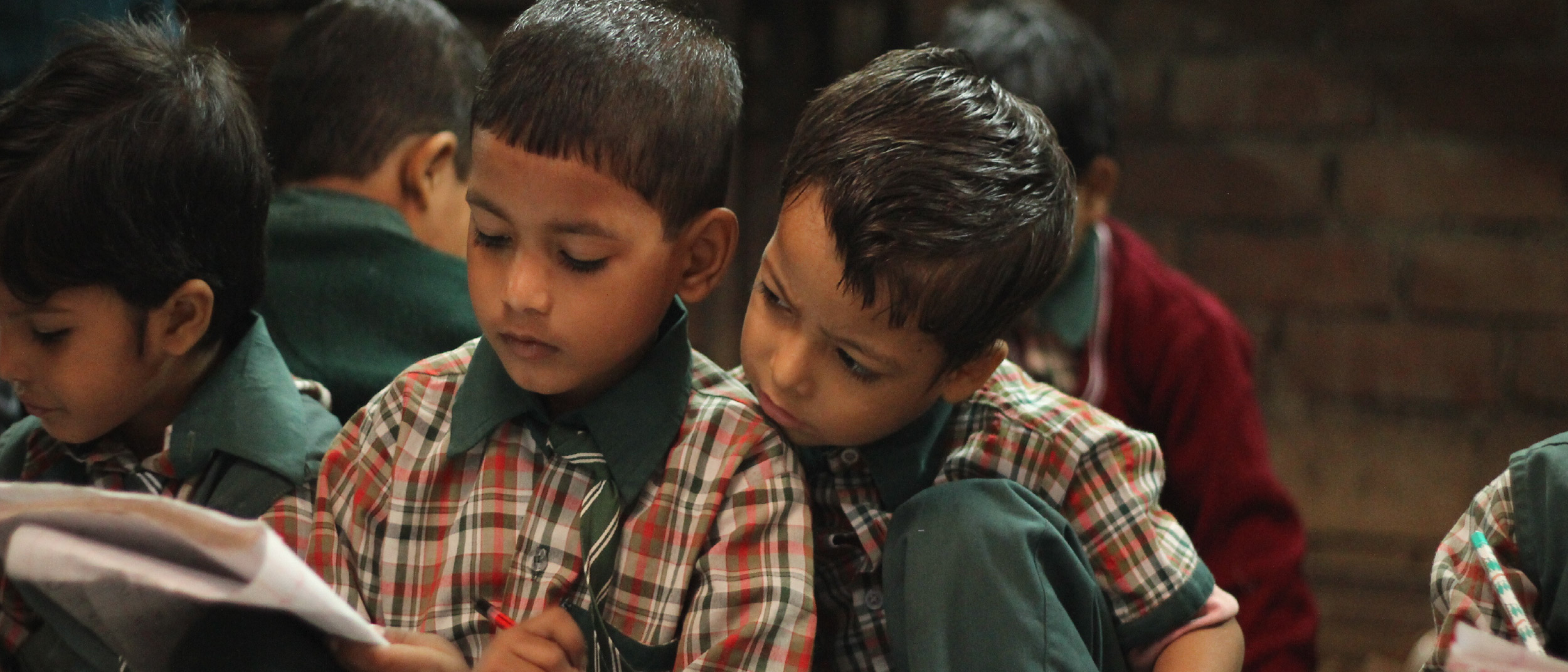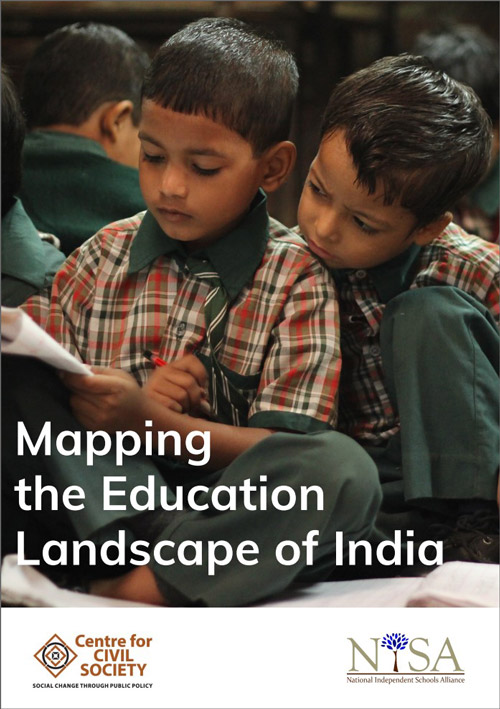India is home to over 26.5 crore students belonging to different regions, cultures, and socio-economic backgrounds (National University of Educational Planning and Administration 2022). Every year, as more students enrol in one of the 15 lakh schools across the country, India’s educational landscape develops and becomes more intricate. This report aims to provide a snapshot of the diverse array of schools in the country.
Schools can be broadly classified into two categories, based on management: public schools and private schools. The administration of the former rests with the government and the latter with private education providers. This report captures the differences between the two categories in terms of the number of schools, their enrolment rates, infrastructure capacity, availability of basic amenities, and the strength of their teaching staff. The insights outlined in this report are based on the 2020-21 Unified District Information System for Education (UDISE) database. UDISE is a comprehensive database, which collates information at the district level, and sources data directly from schools (National University of Educational Planning and Administration 2022).
After giving an overview of the education sector in India, the report discusses the learning outcomes of students from public and private schools. The report documents the extensive research on this subject to illustrate the importance of moving from an inputs-focused approach to an approach based on learning outcomes when determining the quality of education the schools provide. Further, the report highlights the regulatory barriers in the existing framework which may stifle the entrepreneurial spirit and innovation in the education sector.



